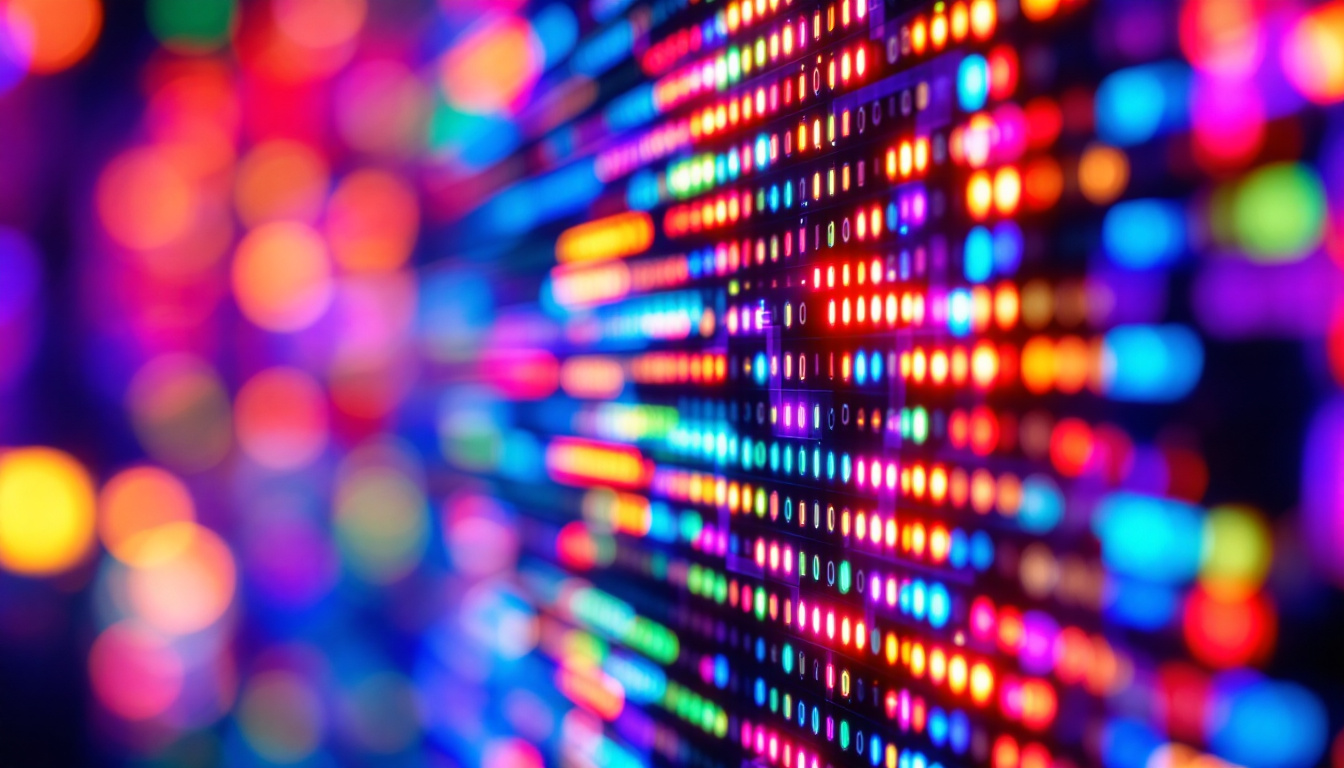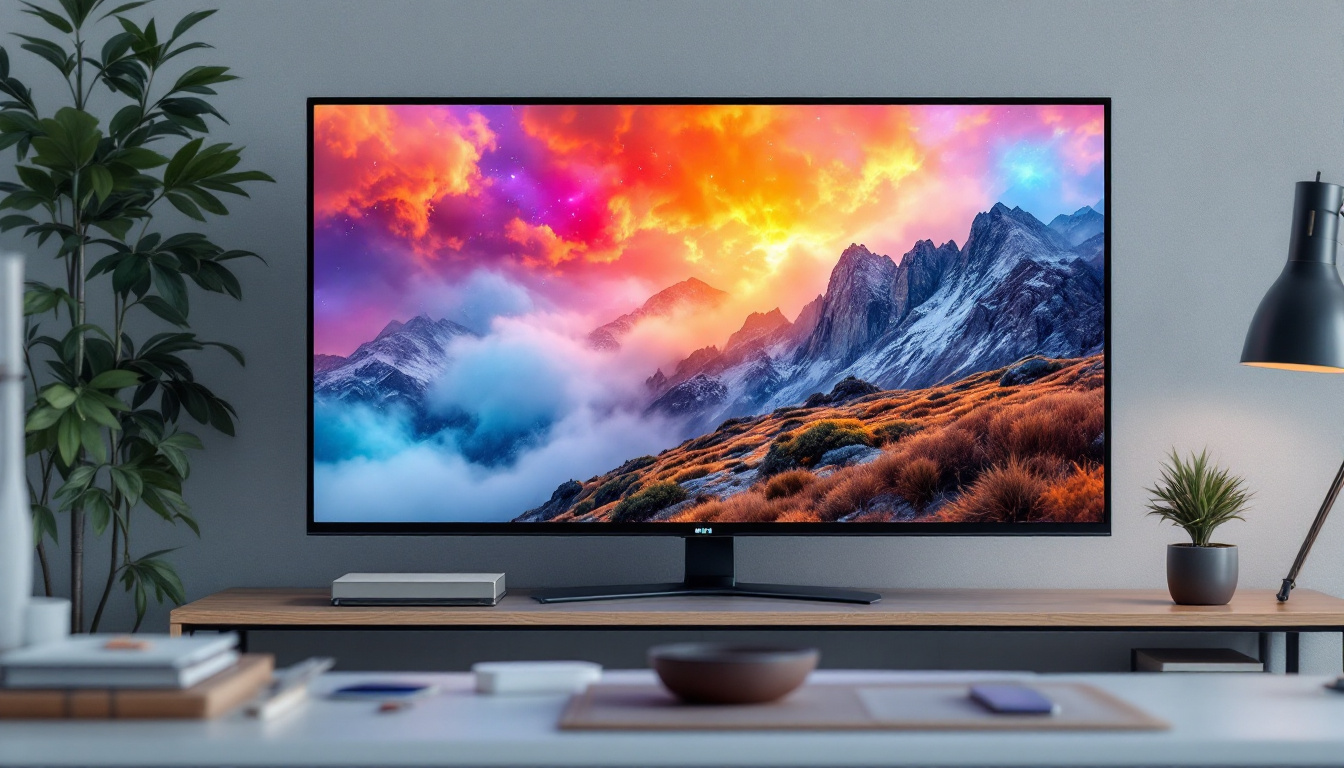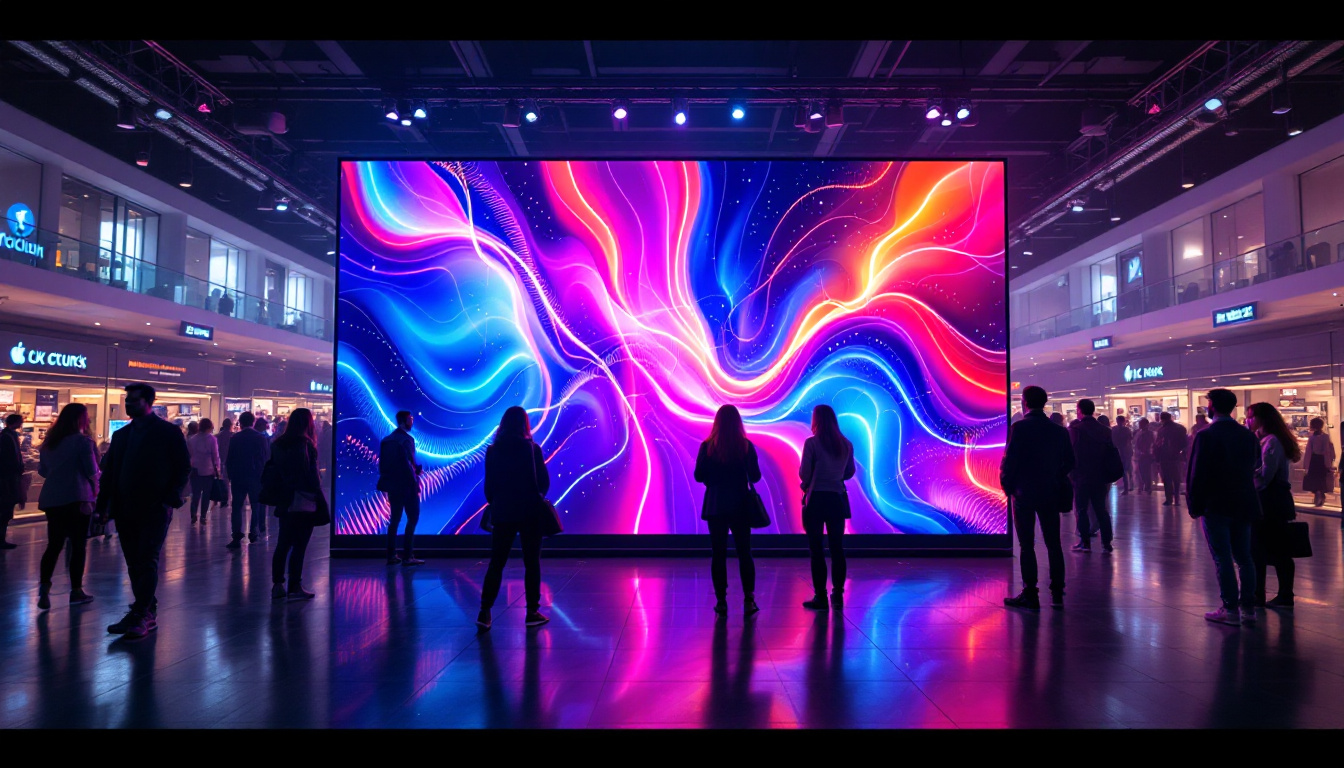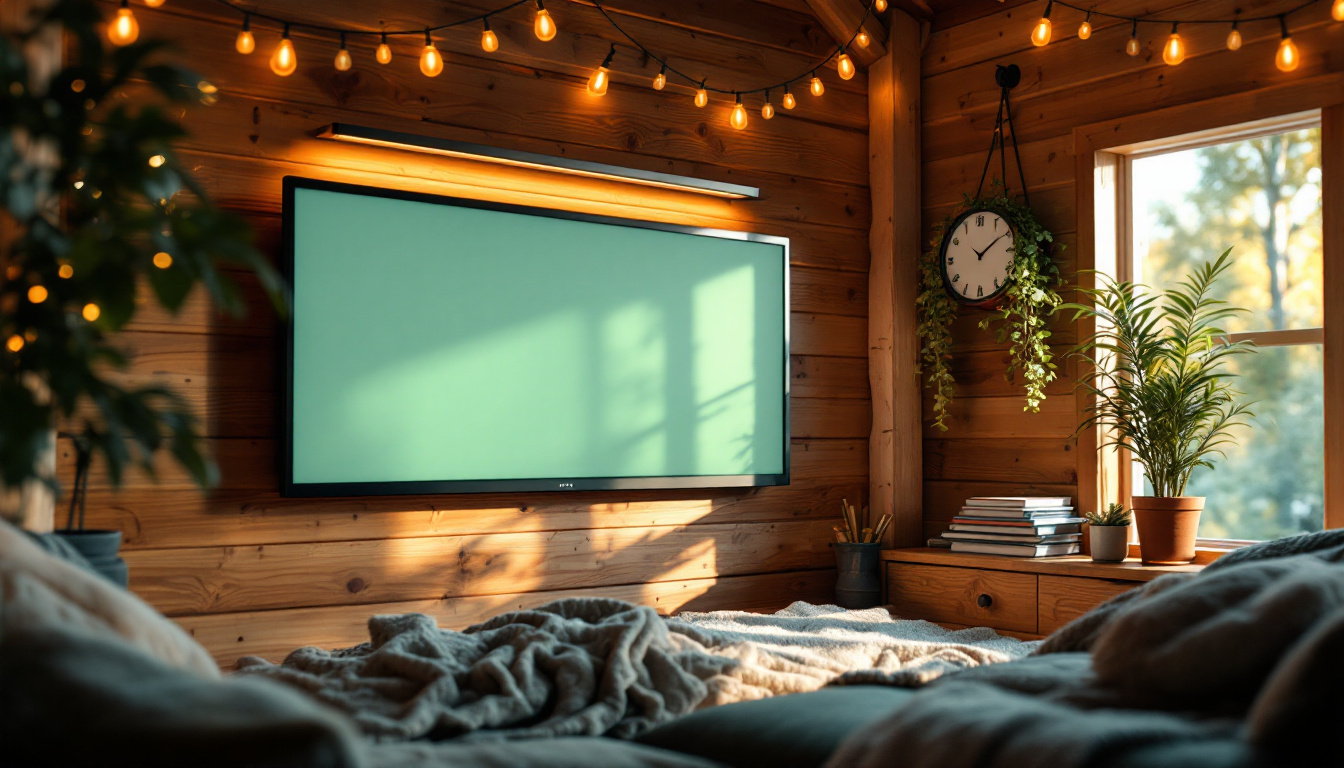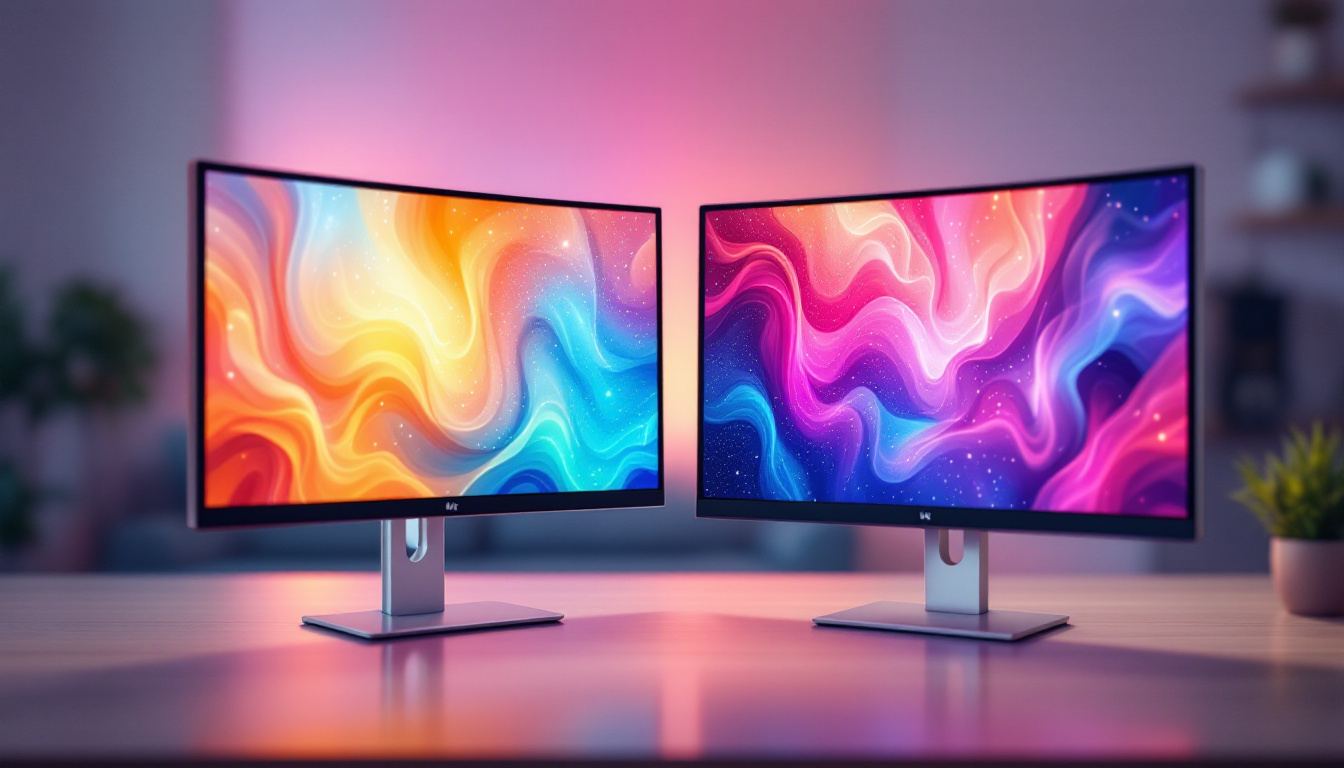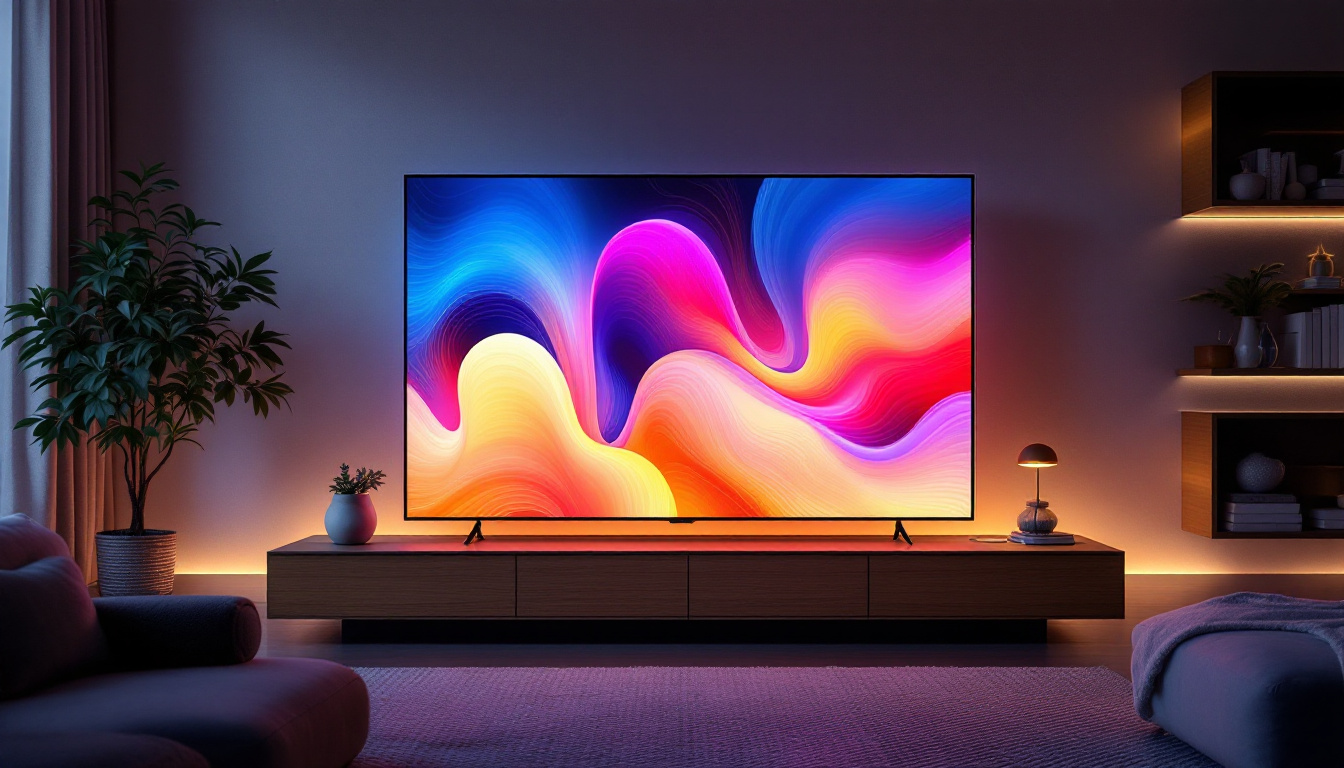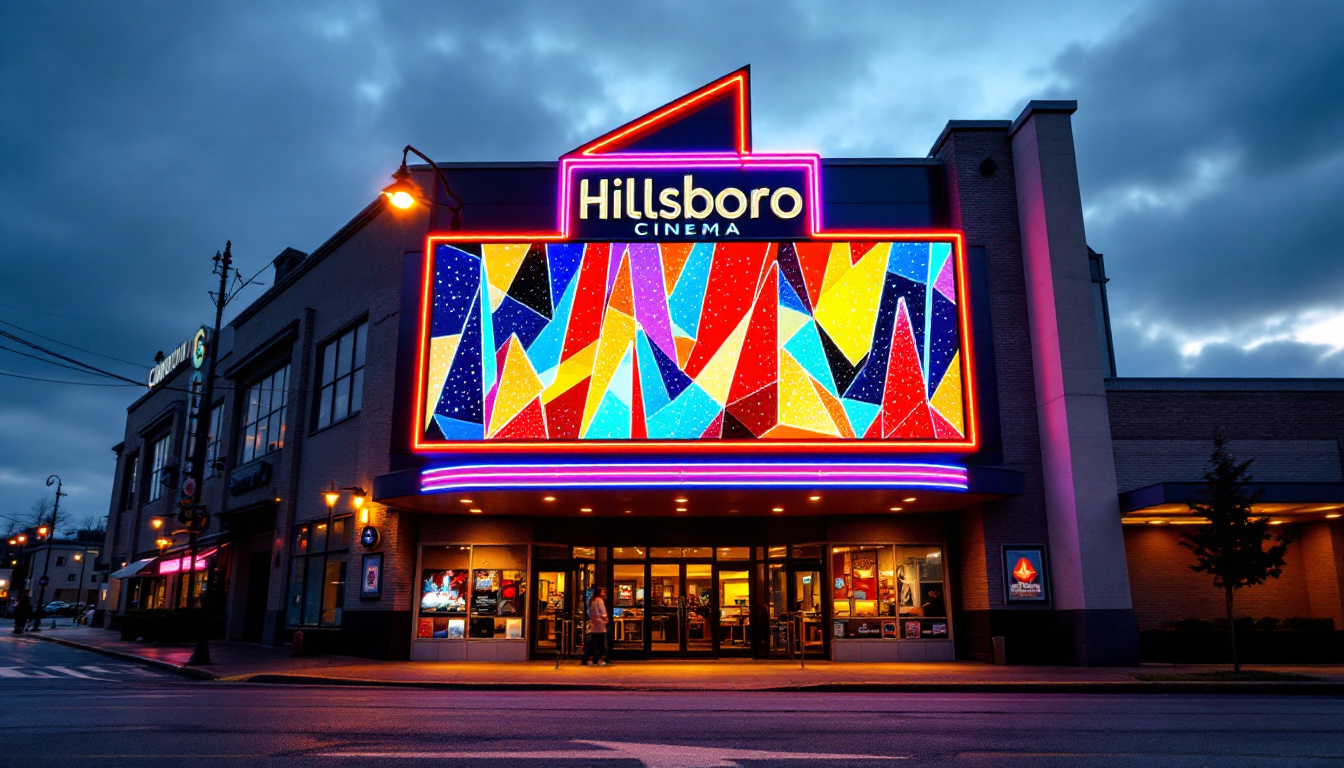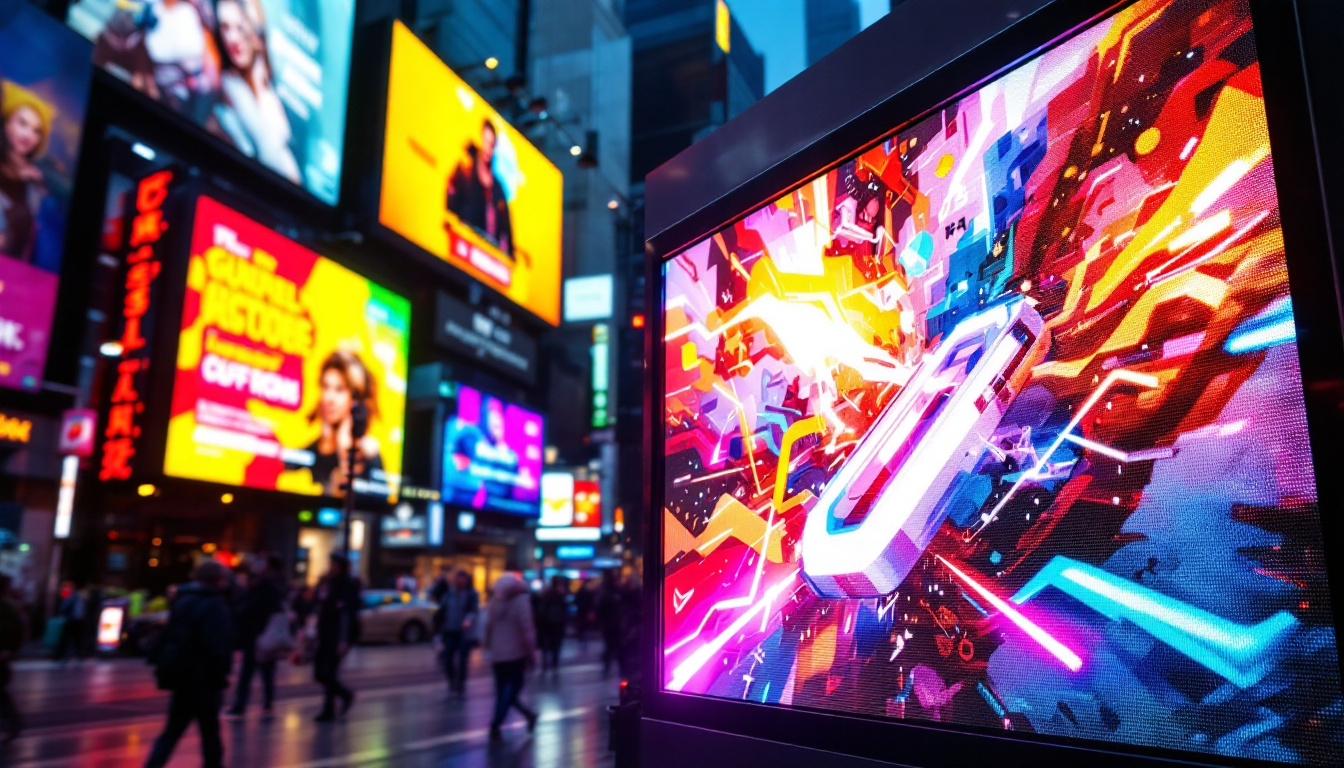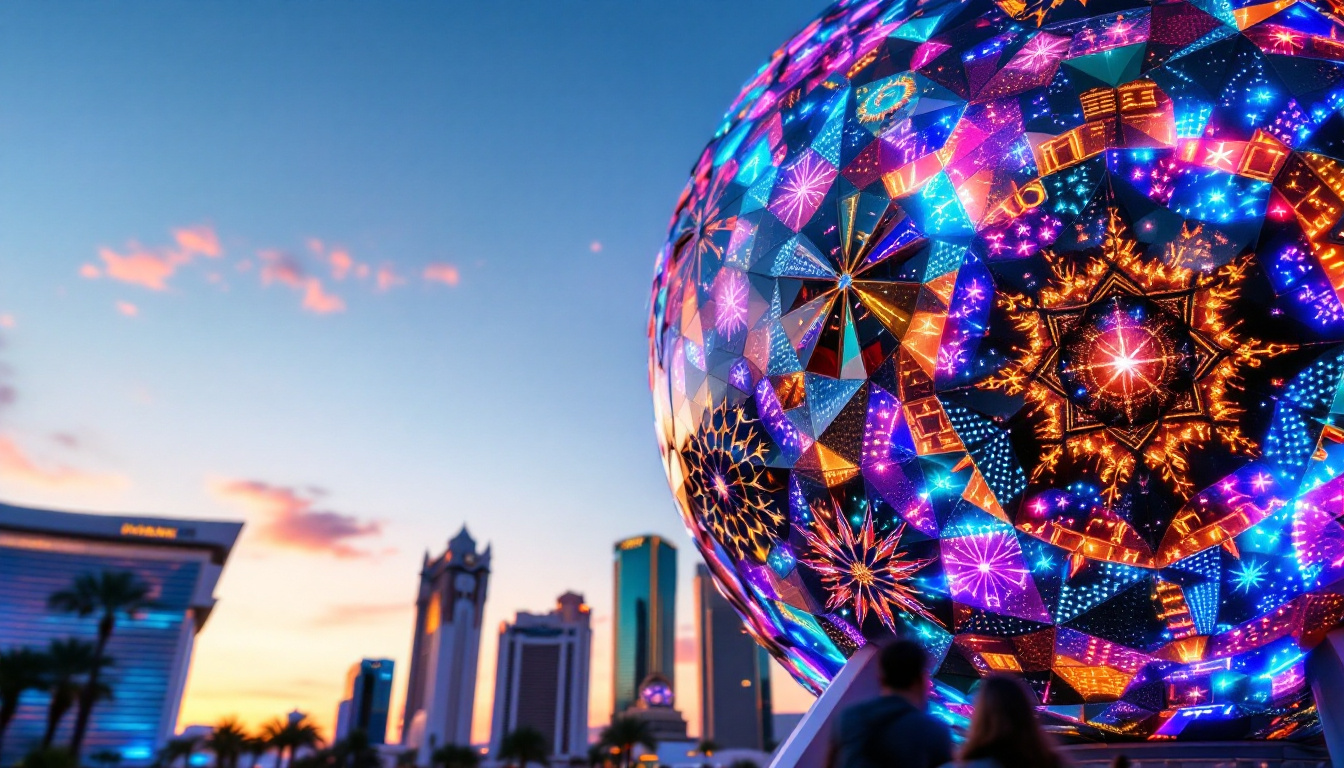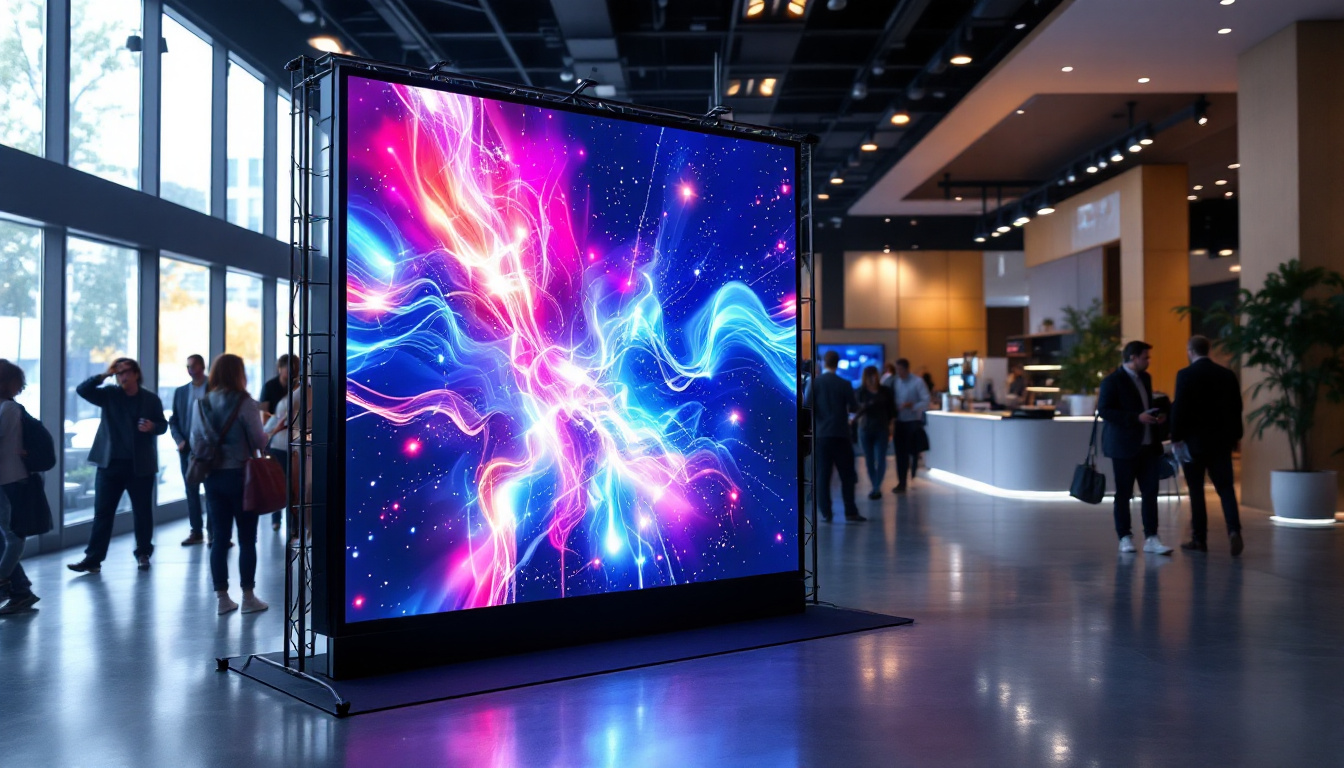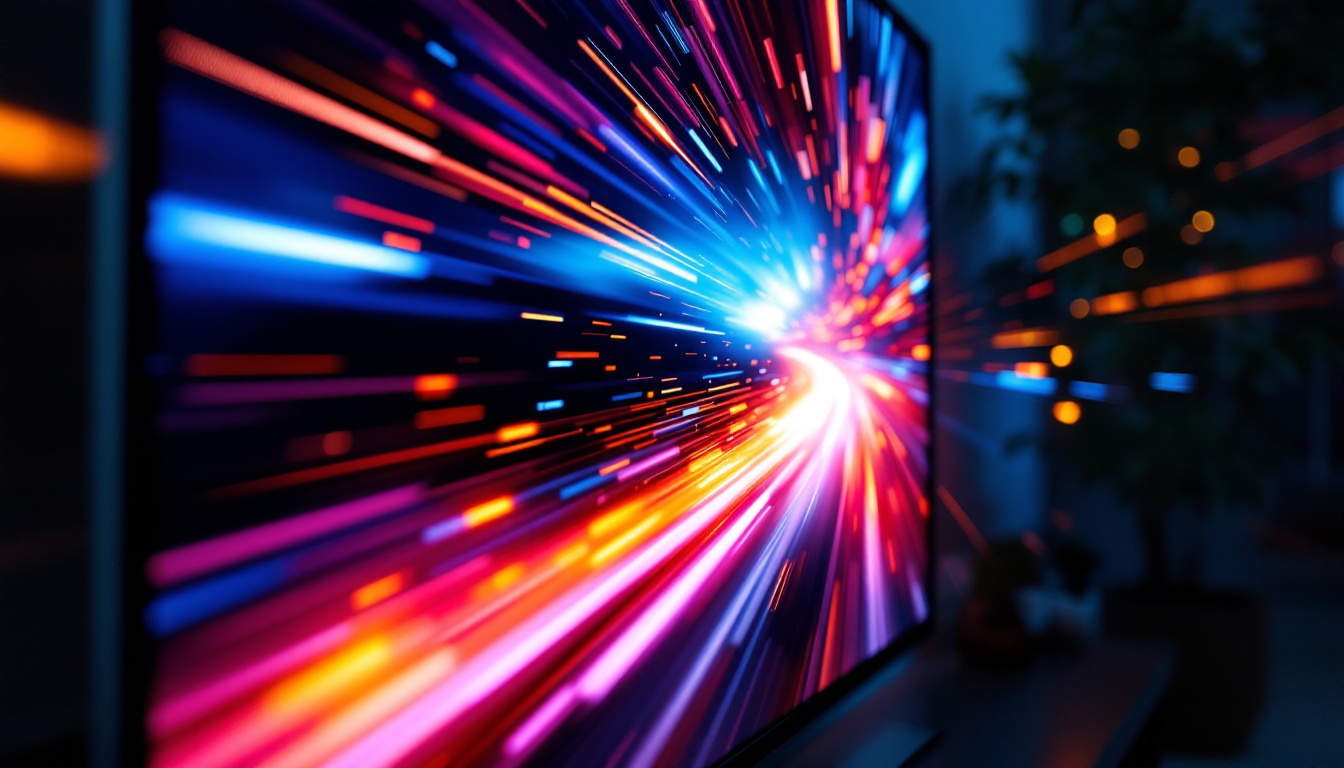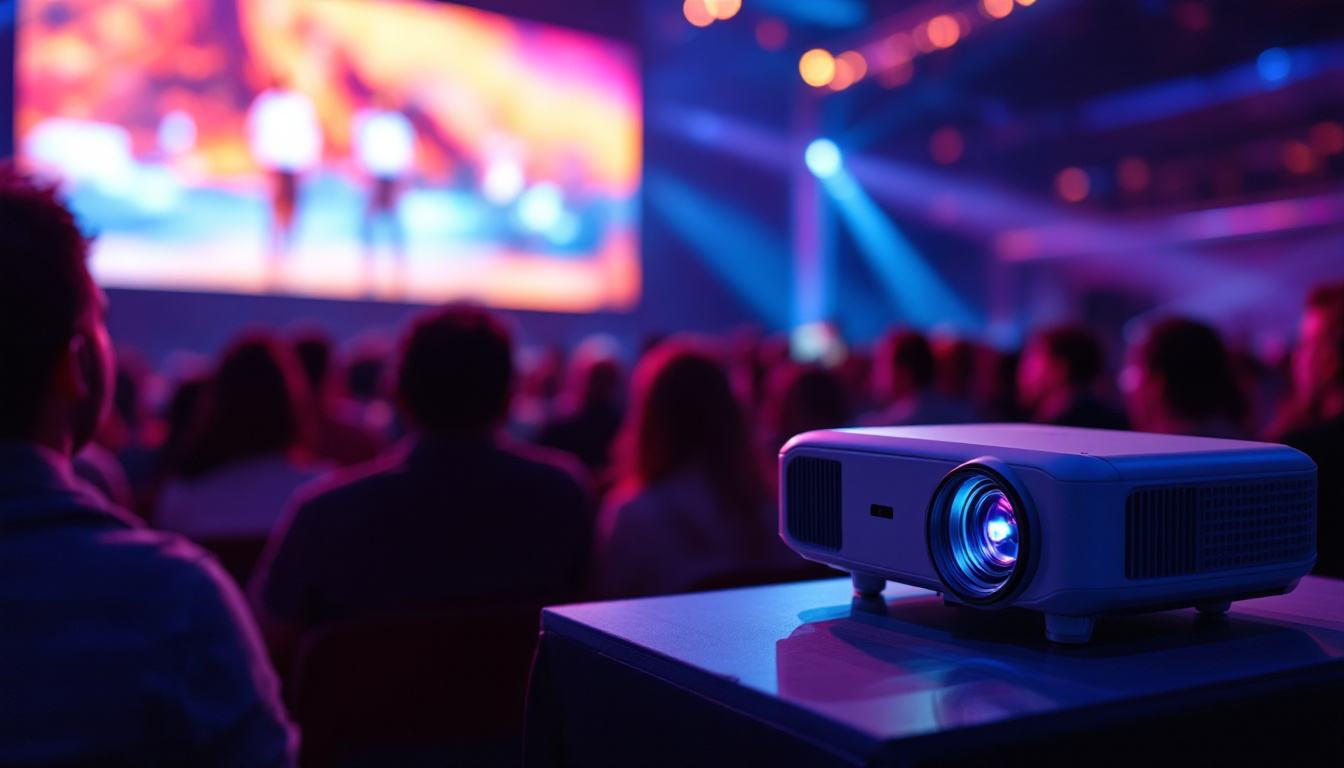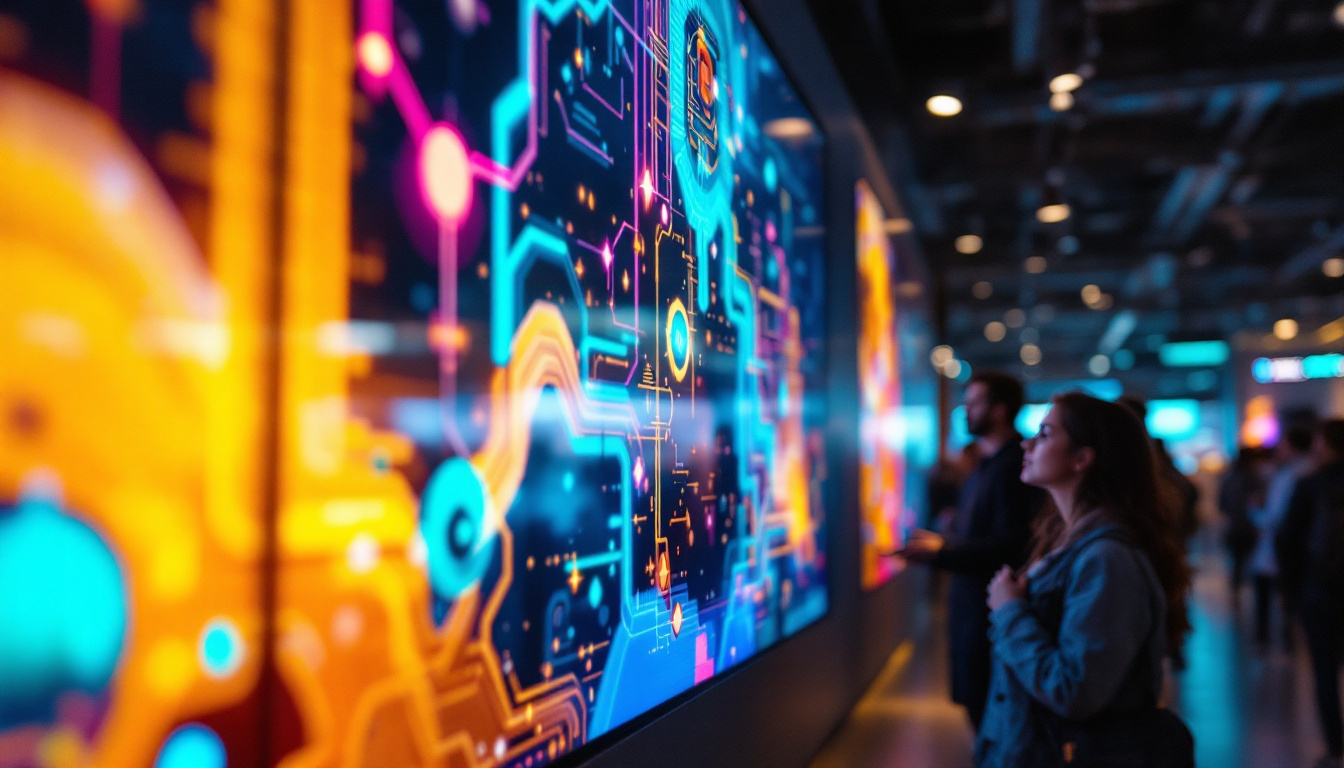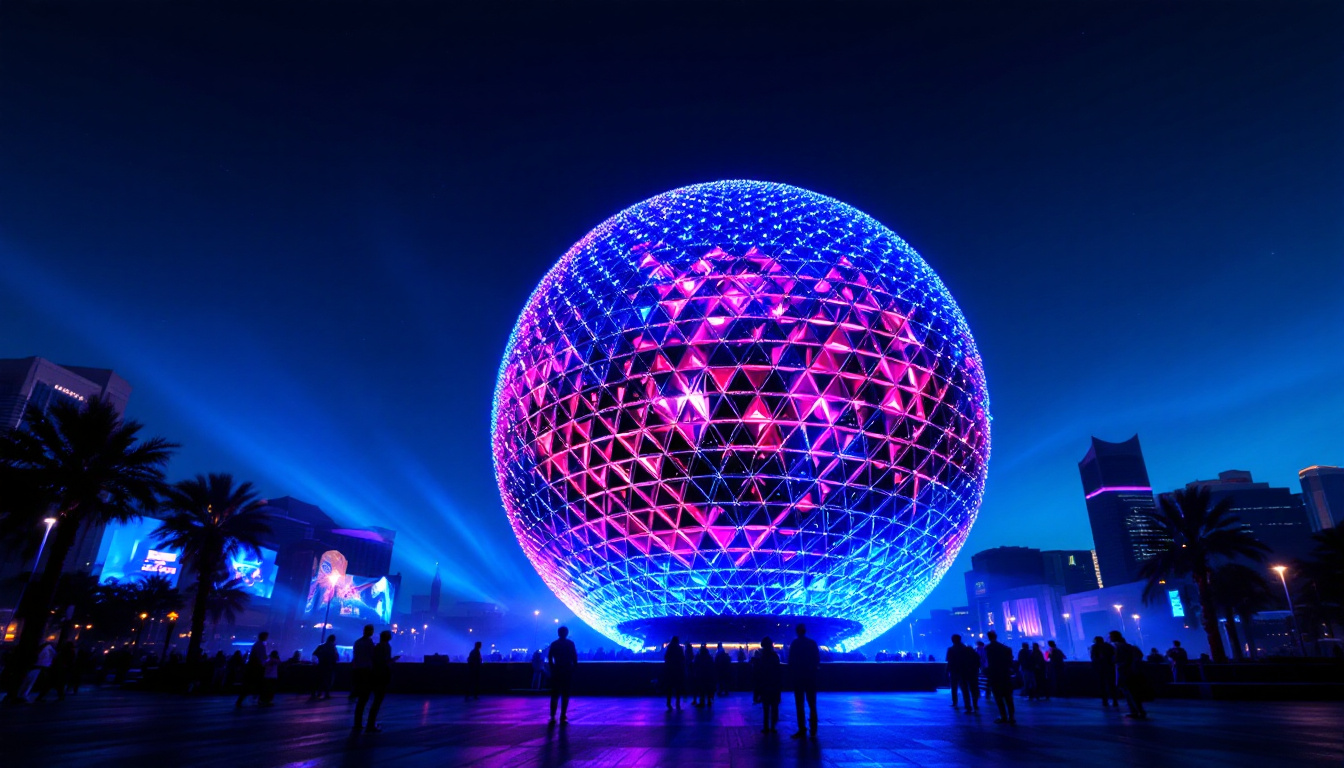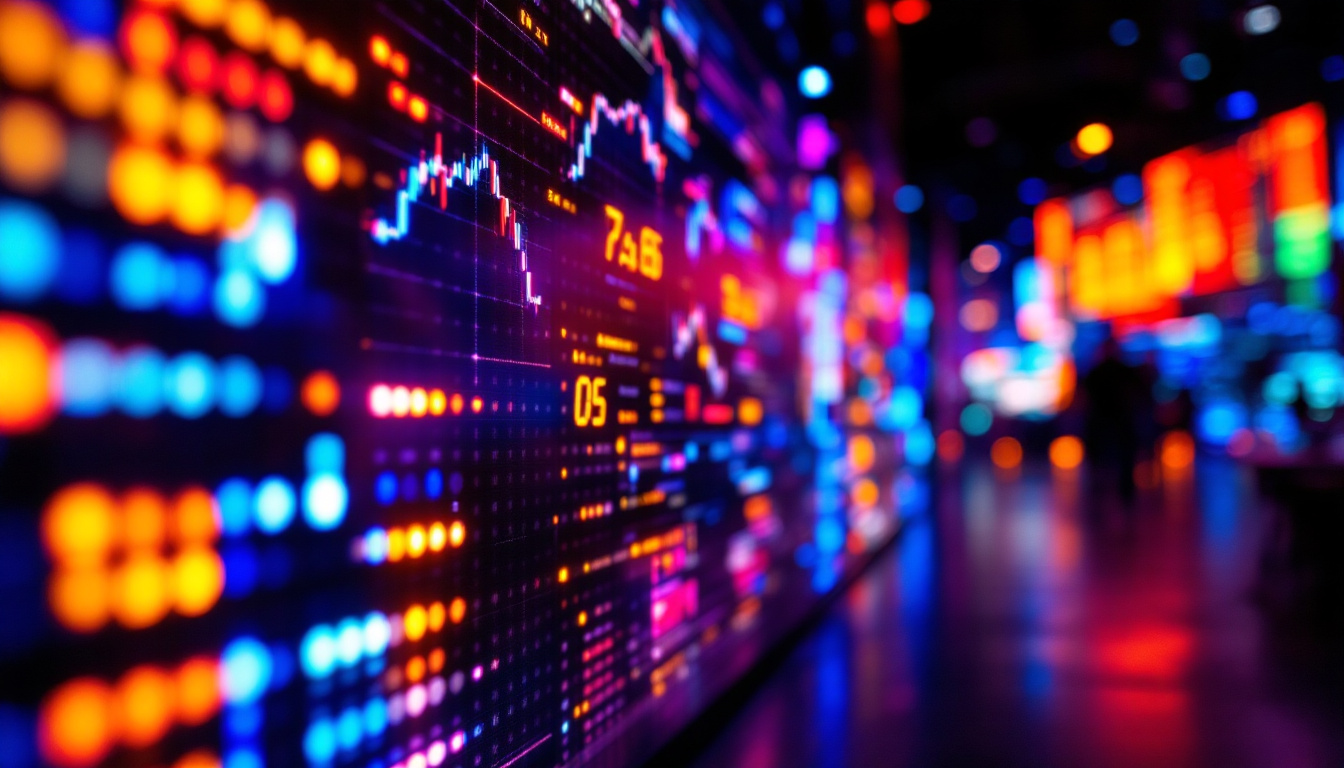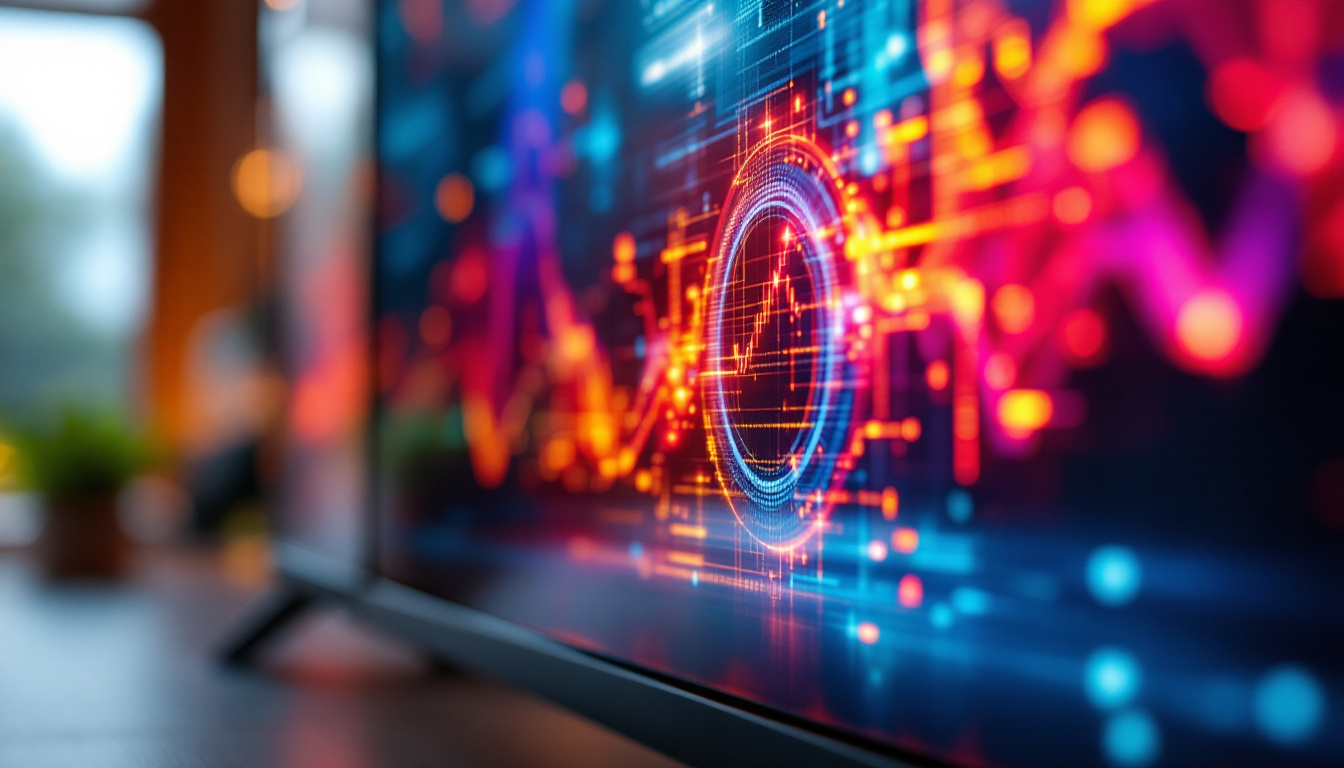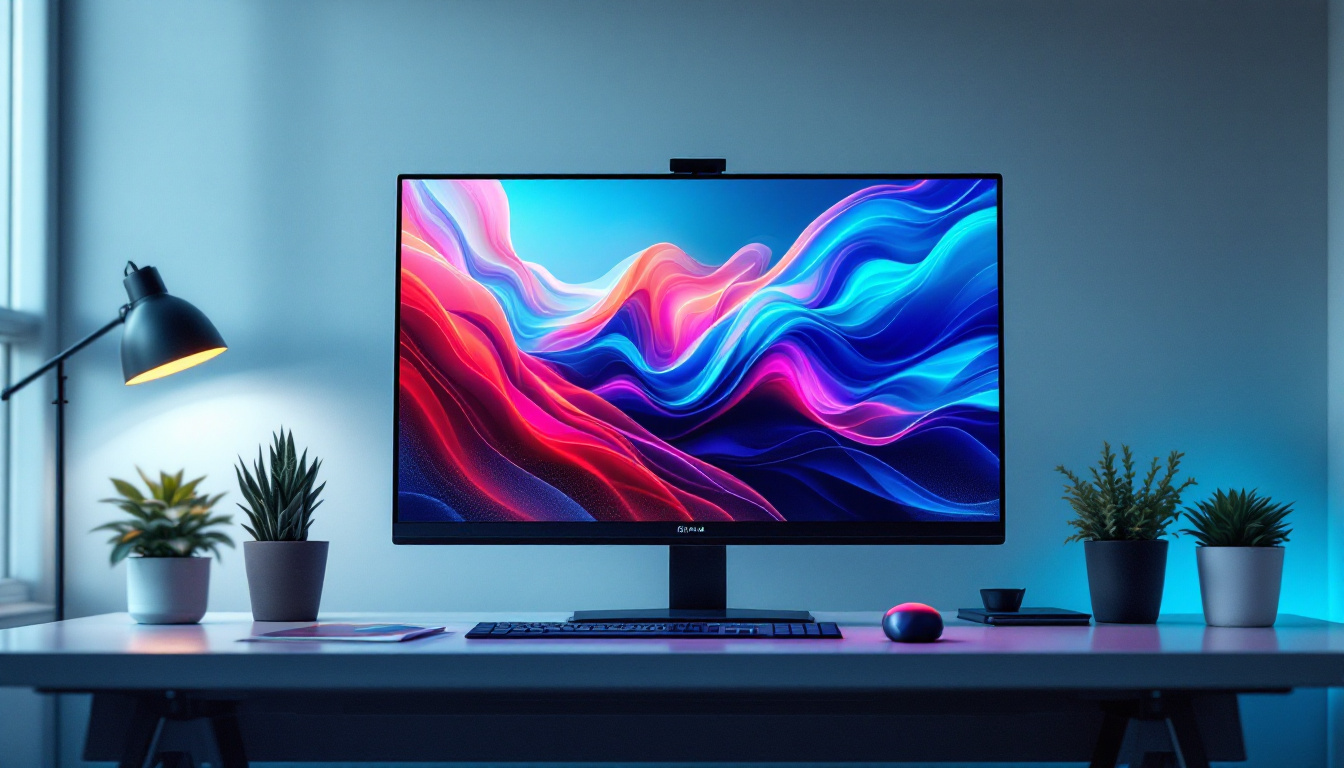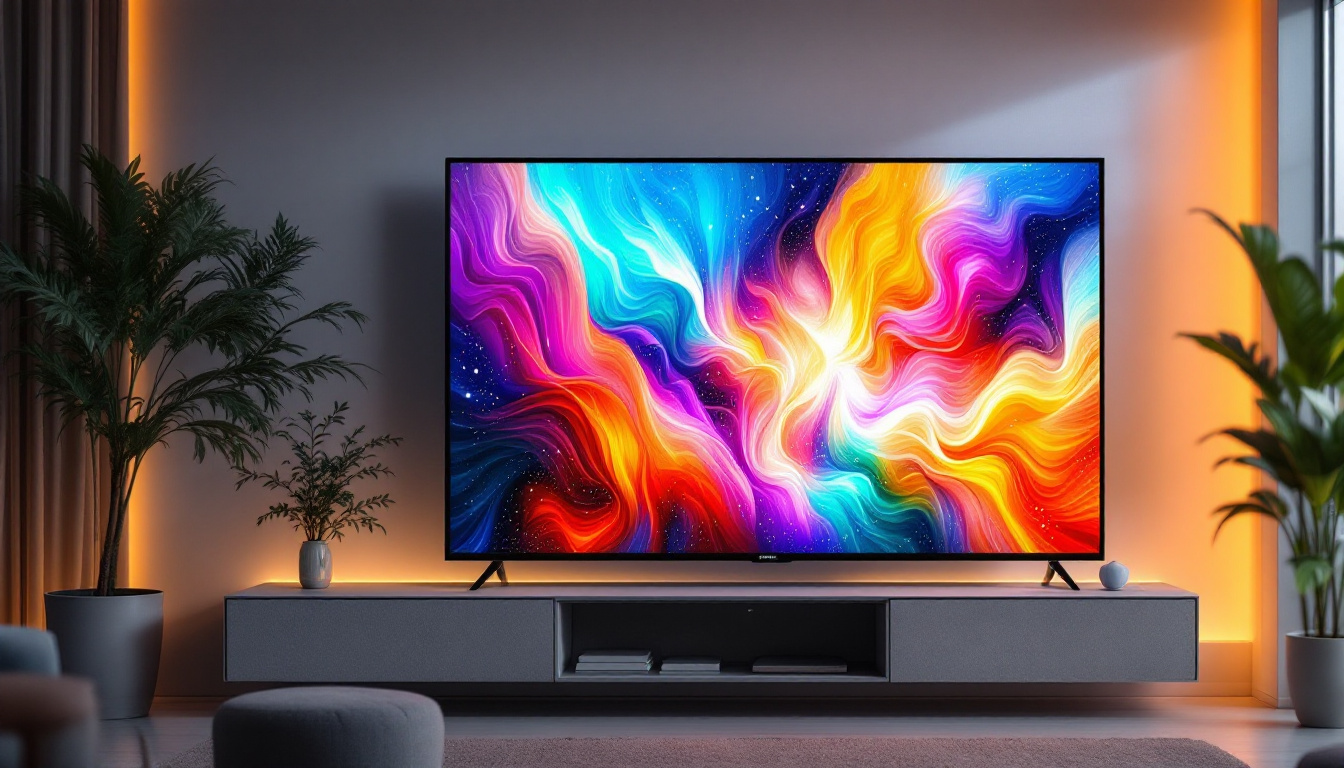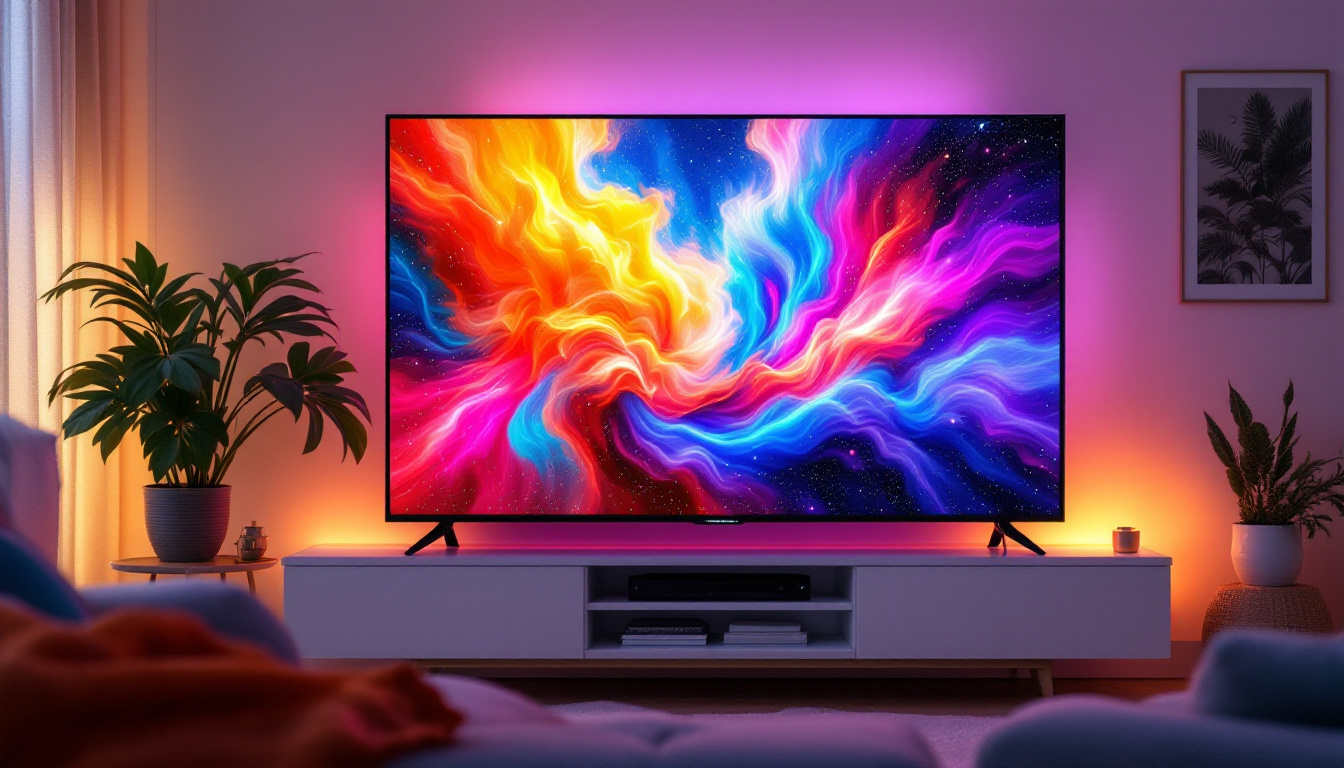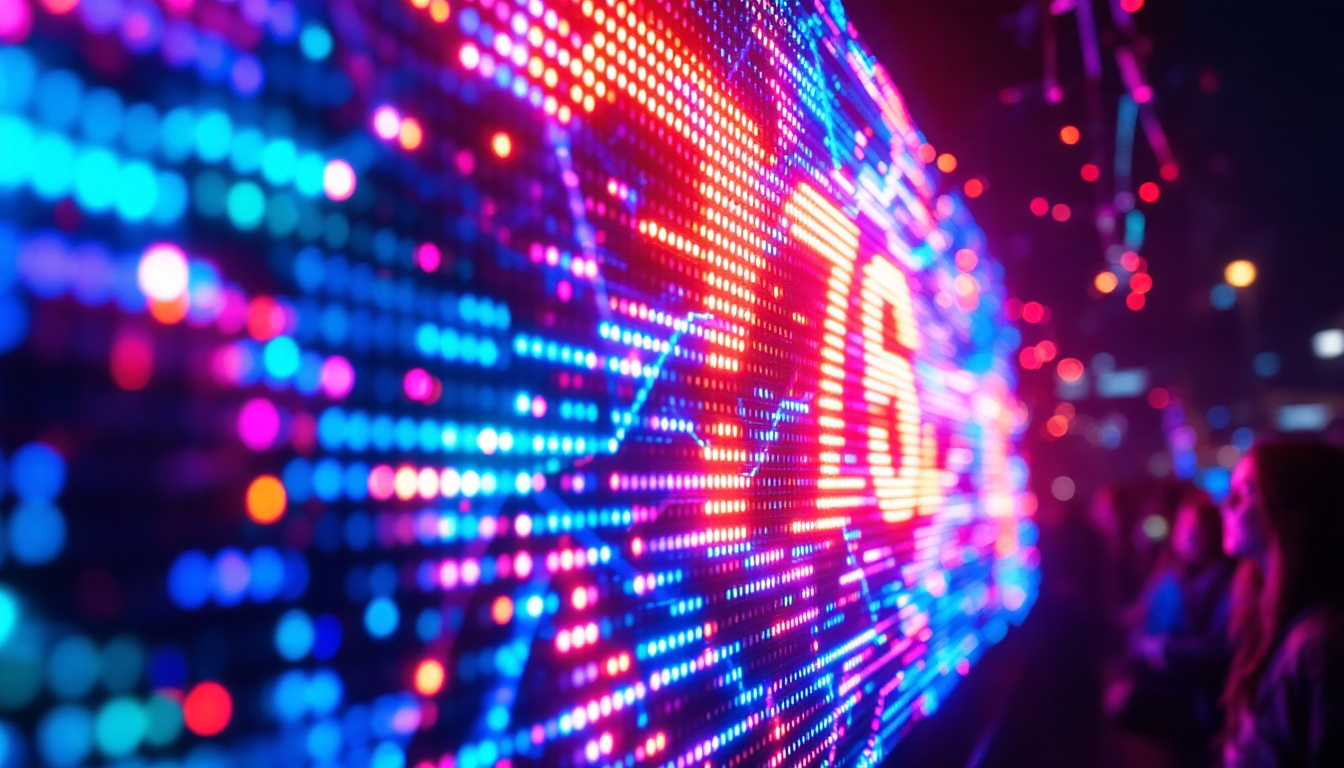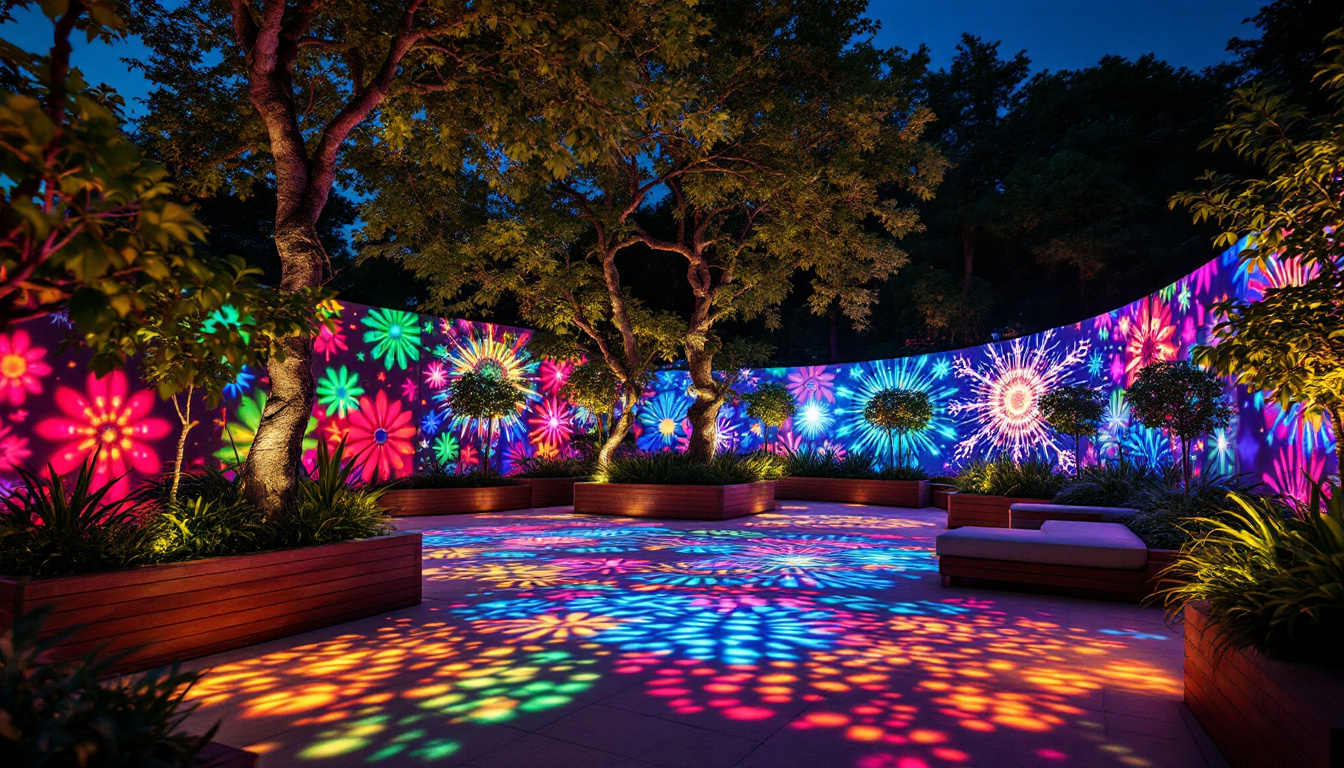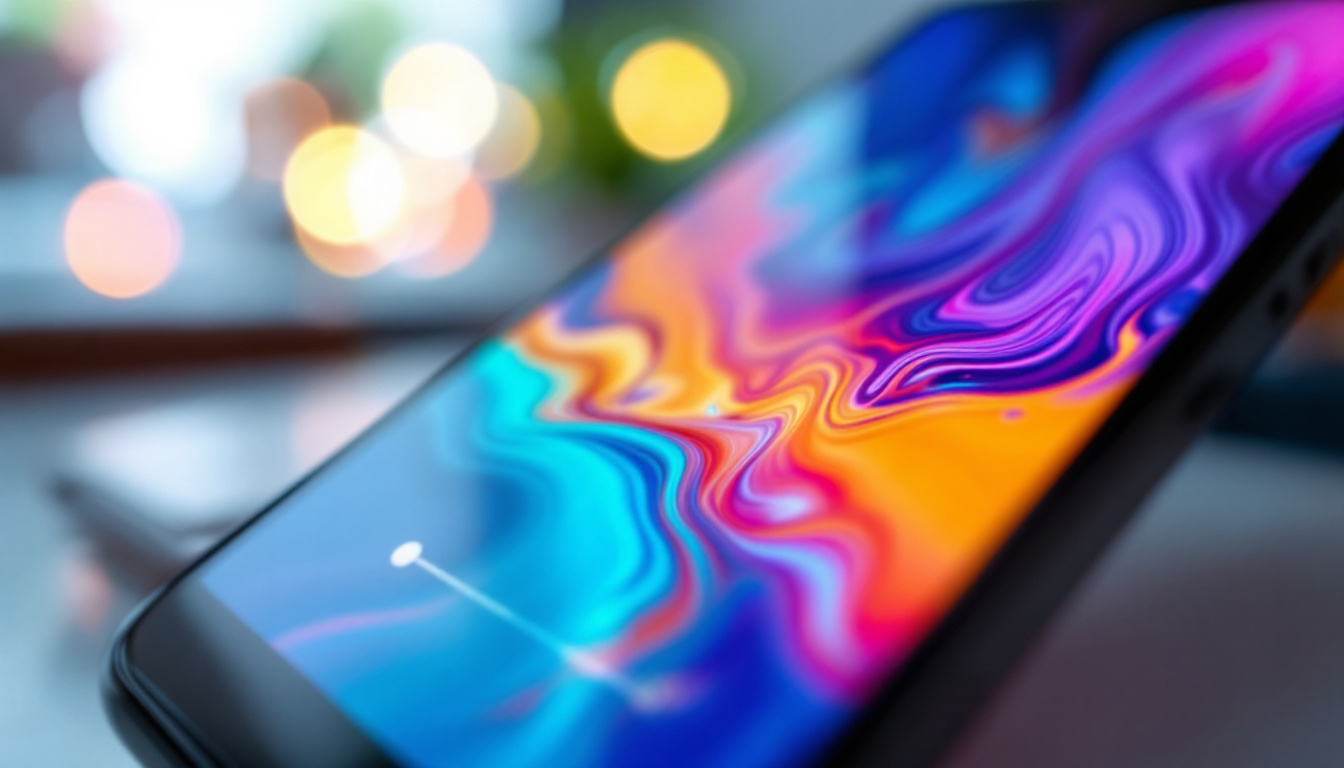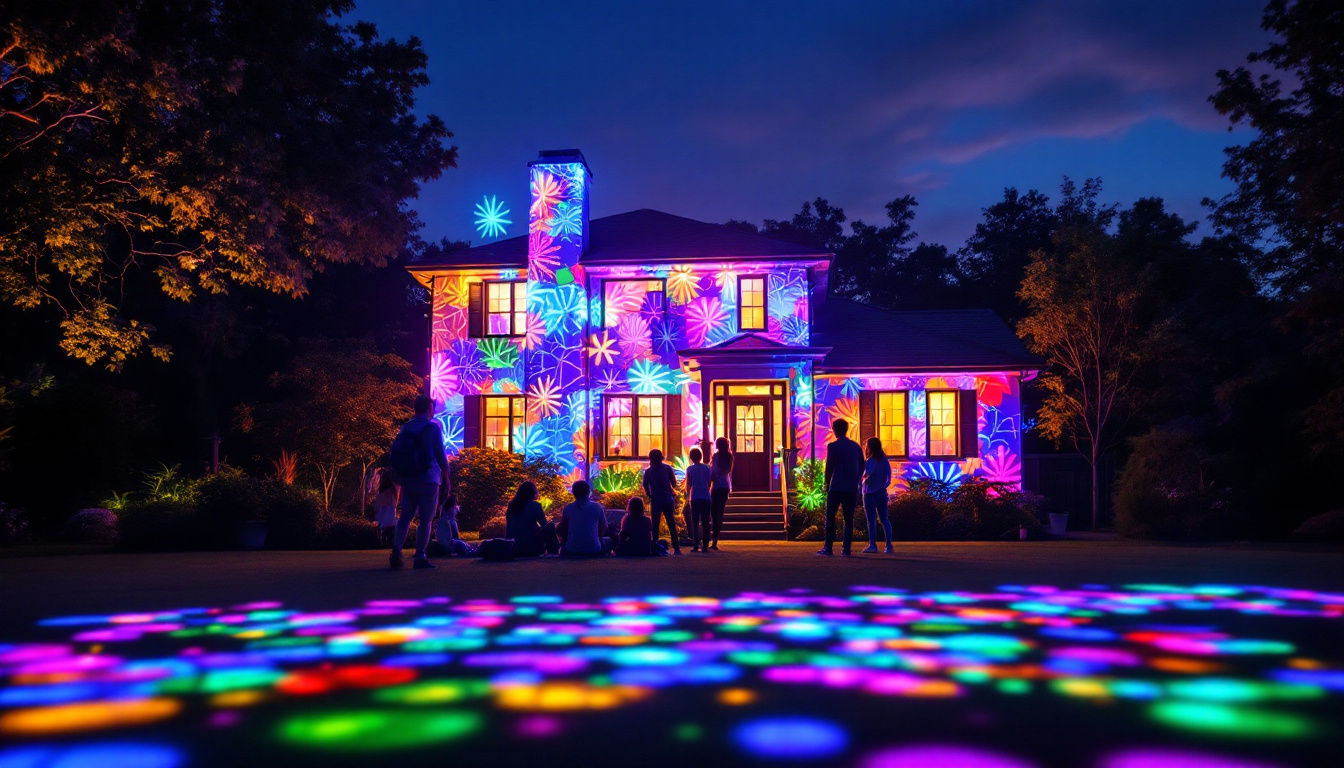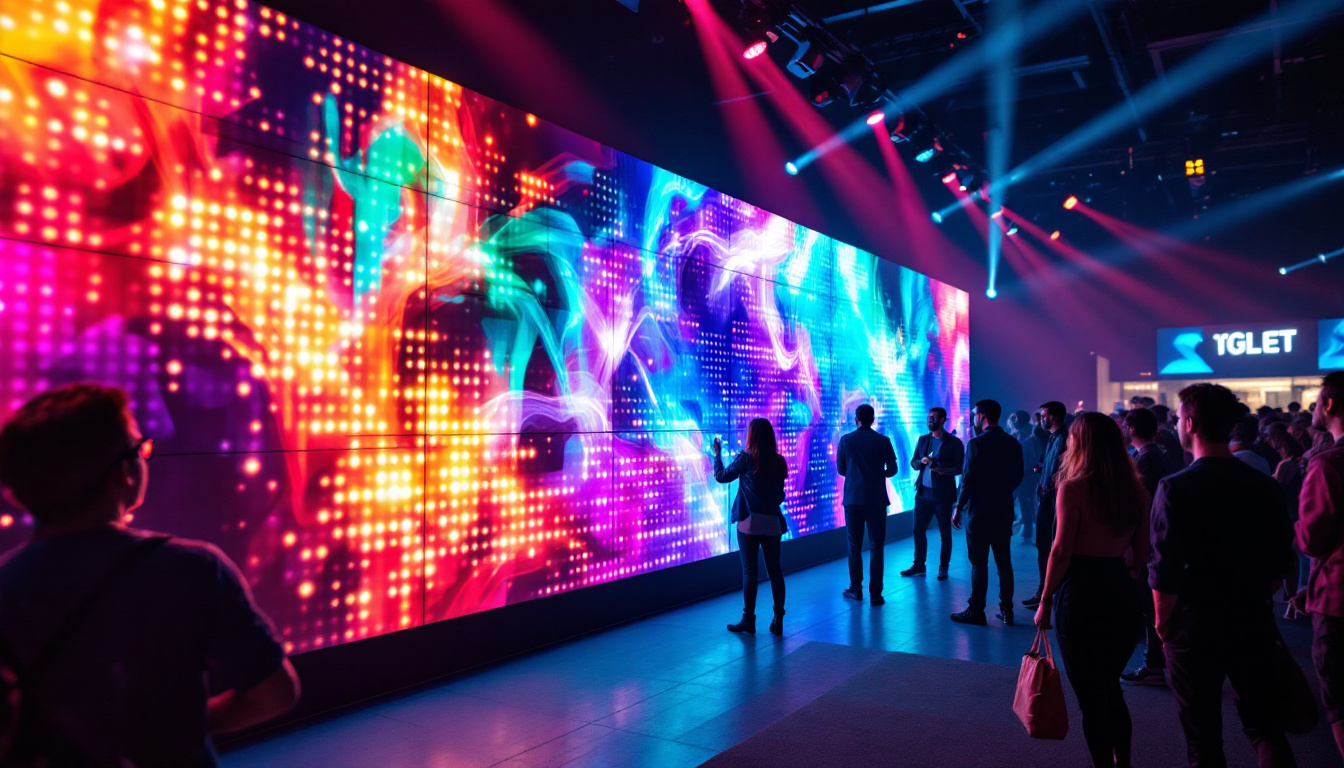LED displays have become an integral part of modern technology, revolutionizing the way information is presented across various platforms. From large outdoor billboards to small handheld devices, the versatility and efficiency of LED technology have made it a popular choice in numerous applications. This article delves into the intricacies of LED displays, exploring their functionality, types, advantages, and applications.
Understanding LED Technology
Light Emitting Diodes (LEDs) are semiconductor devices that emit light when an electric current passes through them. The fundamental principle behind LEDs is electroluminescence, where electrons recombine with holes in the semiconductor material, releasing energy in the form of photons. This process is not only energy-efficient but also allows for a wide range of colors and brightness levels. The longevity of LEDs is another remarkable feature; they can last up to 25 times longer than traditional incandescent bulbs, making them a cost-effective and sustainable choice for lighting solutions.
The Basics of LED Operation
At the core of every LED display lies a matrix of tiny LED bulbs. Each bulb can be individually controlled, allowing for complex images and animations. The arrangement of these LEDs determines the display’s resolution and clarity. For instance, a higher density of LEDs results in a sharper image, making it suitable for detailed graphics and text. Additionally, advancements in technology have led to the development of flexible LED displays, which can be bent or shaped to fit unconventional spaces, opening up new possibilities for creative installations in architecture and design.
LEDs can be categorized into two main types: organic and inorganic. Organic LEDs (OLEDs) are made from carbon-based materials and offer superior color accuracy and contrast. Inorganic LEDs, on the other hand, are more commonly used in larger displays due to their durability and brightness. The choice between these types often depends on the application; for example, OLEDs are favored in high-end televisions and smartphones for their stunning visuals, while inorganic LEDs are preferred in commercial signage and large-scale displays due to their robustness and efficiency.
Color and Brightness in LED Displays
Color representation in LED displays is achieved through the combination of red, green, and blue (RGB) LEDs. By adjusting the intensity of each color, a wide spectrum of colors can be created. This RGB model is essential for creating vibrant images and videos, making it a preferred choice for high-definition displays. Furthermore, advancements in technology have introduced additional colors, such as white or yellow LEDs, which enhance the color gamut and improve the overall viewing experience, particularly in multimedia applications.
Brightness is another critical factor in LED technology. Measured in nits, the brightness of an LED display affects its visibility in different lighting conditions. High-brightness LEDs are particularly important for outdoor displays, ensuring that content remains legible even in direct sunlight. Moreover, the ability to adjust brightness dynamically based on ambient light conditions not only enhances visibility but also contributes to energy savings, making modern LED systems more environmentally friendly. As a result, LED technology continues to evolve, integrating smart features that adapt to user needs and environmental factors, paving the way for innovative applications across various industries.
Types of LED Displays
LED displays come in various forms, each designed for specific applications. Understanding these types can help in selecting the right display for a particular need.
Indoor vs. Outdoor LED Displays
Indoor LED displays are designed for environments with controlled lighting. They typically have a higher pixel density, resulting in sharper images viewed from a closer distance. These displays are commonly used in venues such as shopping malls, conference rooms, and theaters.
Outdoor LED displays, conversely, are built to withstand harsh weather conditions. They feature robust protective casings and are designed with lower pixel densities, as they are viewed from greater distances. These displays are often seen in stadiums, highways, and public squares, delivering advertisements and information to large audiences.
Flexible and Transparent LED Displays
Flexible LED displays are gaining popularity due to their adaptability. They can be bent or shaped to fit various surfaces, making them ideal for creative installations and unique architectural designs. This flexibility allows for innovative advertising solutions and artistic displays.
Transparent LED displays, on the other hand, maintain visibility while showcasing content. They are often used in retail environments, allowing customers to see products behind the display while still engaging with the digital content. This technology merges the physical and digital worlds, enhancing customer experience.
Advantages of LED Displays
The rise of LED technology is attributed to its numerous advantages over traditional display technologies. These benefits make LED displays a preferred choice for many applications.
Energy Efficiency
One of the most significant advantages of LED displays is their energy efficiency. Compared to traditional incandescent or fluorescent displays, LEDs consume significantly less power. This not only reduces operational costs but also contributes to environmental sustainability by lowering carbon emissions.
Moreover, LED displays have a longer lifespan, often lasting tens of thousands of hours. This durability minimizes the need for frequent replacements, further enhancing their cost-effectiveness over time.
High Visibility and Image Quality
LED displays are known for their exceptional brightness and contrast ratios. This high visibility ensures that content remains clear and engaging, even in challenging lighting conditions. The ability to produce vibrant colors and sharp images makes LED displays ideal for advertising, entertainment, and information dissemination.
Additionally, the fast refresh rates of LED displays contribute to smooth motion rendering, making them suitable for video content. This capability is particularly important in environments like sports arenas and concert venues, where dynamic visuals are essential.
Applications of LED Displays
The versatility of LED displays has led to their adoption across various sectors. From advertising to entertainment, the applications are vast and varied.
Advertising and Marketing
In the advertising realm, LED displays have transformed the way brands communicate with consumers. digital billboards and signage allow for dynamic content updates, enabling advertisers to tailor messages based on time, audience, or location. This flexibility enhances engagement and increases the effectiveness of marketing campaigns.
Moreover, LED displays can be integrated with data analytics to track viewer engagement, providing valuable insights into consumer behavior. This data-driven approach allows businesses to optimize their advertising strategies and maximize return on investment.
Entertainment and Events
In the entertainment industry, LED displays play a crucial role in enhancing the audience experience. Concerts, festivals, and sporting events utilize large LED screens to broadcast live performances and replays, ensuring that attendees have a captivating experience regardless of their seating position.
Furthermore, LED technology is increasingly being used in stage design and theatrical productions. The ability to create stunning visual effects and immersive environments has revolutionized the way stories are told on stage.
Challenges and Considerations
Despite their numerous advantages, LED displays are not without challenges. Understanding these potential issues is essential for effective implementation.
Cost and Initial Investment
While the long-term benefits of LED displays are evident, the initial investment can be substantial. High-quality LED technology often comes with a higher price tag compared to traditional display options. Businesses must weigh the upfront costs against the potential savings in energy and maintenance over time.
Additionally, the rapid pace of technological advancement means that newer, more efficient models are continually being developed. This can create uncertainty for businesses considering an investment in LED technology, as they may worry about their investment becoming outdated quickly.
Maintenance and Technical Challenges
LED displays require regular maintenance to ensure optimal performance. Dust, debris, and environmental factors can affect image quality and brightness. Therefore, a maintenance plan is essential to keep displays in top condition.
Moreover, technical issues such as pixel failures or software glitches can occur. Having a skilled technical team on hand to address these challenges is crucial for minimizing downtime and ensuring a seamless user experience.
The Future of LED Display Technology
The future of LED display technology is promising, with continuous advancements paving the way for innovative applications. As technology evolves, several trends are emerging that may shape the landscape of LED displays in the coming years.
Integration with Smart Technology
As the Internet of Things (IoT) continues to expand, LED displays are becoming increasingly integrated with smart technology. This integration allows for real-time data updates, remote management, and enhanced interactivity. For example, smart LED displays can adjust brightness based on ambient light conditions or display personalized content based on viewer demographics.
This level of interactivity not only enhances user engagement but also opens up new avenues for targeted advertising and personalized experiences.
Advancements in Display Quality
Future developments in LED technology are likely to focus on improving display quality. Innovations such as MicroLED and MiniLED technologies promise to deliver even higher resolutions, better color accuracy, and improved energy efficiency. These advancements will further blur the lines between digital and physical experiences, creating more immersive environments.
Additionally, advancements in flexible and transparent displays will continue to push the boundaries of design, allowing for more creative applications in architecture, retail, and entertainment.
Conclusion
LED displays have undoubtedly transformed the way information is conveyed and experienced across various sectors. Their energy efficiency, high visibility, and versatility make them a preferred choice for advertising, entertainment, and beyond. While challenges such as initial costs and maintenance exist, the long-term benefits and future advancements in LED technology present exciting opportunities.
As the industry continues to evolve, staying informed about the latest trends and innovations will be crucial for businesses and consumers alike. Embracing LED technology not only enhances communication but also paves the way for a more engaging and visually captivating future.
Discover LumenMatrix LED Display Solutions
Ready to elevate your visual experience with the latest in LED technology? LumenMatrix is at the forefront of innovation, offering a diverse range of LED display solutions tailored to your needs. From captivating Indoor LED Wall Displays to dynamic Outdoor LED Wall Displays, and from versatile Vehicle LED Displays to sleek LED Poster Displays, our products are designed to make your brand shine. Engage your audience with our LED Sports Displays, Floor LED Displays, Custom LED Displays, All-in-One LED Displays, and LED Transparent Displays. Embrace the future of visual communication with LumenMatrix and create unforgettable visual experiences. Check out LumenMatrix LED Display Solutions today and transform the way you convey your message.

